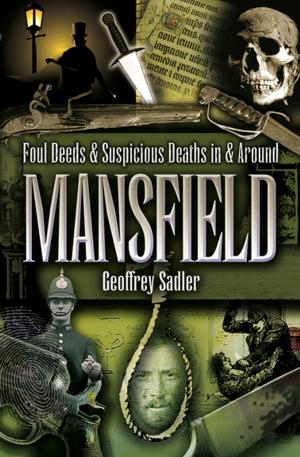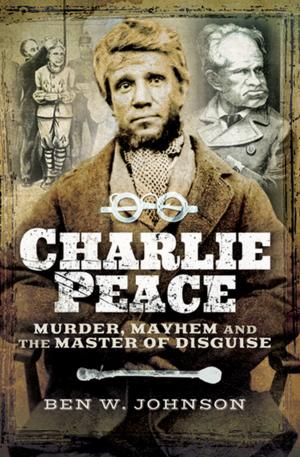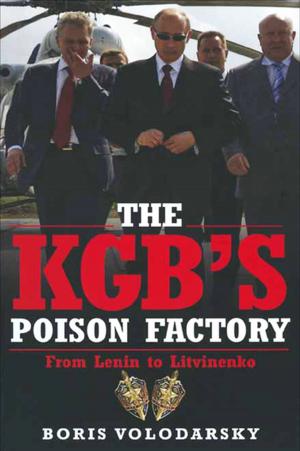Fighting Nazi Occupation
British Resistance 1939–1945
Nonfiction, History, British, Military, World War II| Author: | Malcolm Atkin | ISBN: | 9781473872837 |
| Publisher: | Pen & Sword Books | Publication: | September 18, 2015 |
| Imprint: | Pen & Sword Military | Language: | English |
| Author: | Malcolm Atkin |
| ISBN: | 9781473872837 |
| Publisher: | Pen & Sword Books |
| Publication: | September 18, 2015 |
| Imprint: | Pen & Sword Military |
| Language: | English |
“Everyone knows about the Home Guard but what about the other Secret Intelligence Services (SIS and M16)? You can read about them in [this book].” —This England
When Winston Churchill made his “we shall never surrender” speech in 1940, he was speaking in the knowledge that Britain’s Secret Intelligence Service was planning a civilian British resistance movement to mobilize after the country had been occupied. Britain’s planning for clandestine warfare developed out of a fierce battle between the Secret Intelligence Service and the War Office for the control of guerrilla warfare and conflicting ideas over the legitimacy of armed civilians.
A multi-layered system of secret organizations was the result. The Auxiliary Units are the best known of these “ungentlemanly” forces, but in this perceptive new study based on painstaking original research, Malcolm Atkin clearly demonstrates that they were never intended as a resistance organization. Instead, they were designed as a short-term guerrilla force, whilst their Special Duties Branch was designed to spy on the British public as much as any Nazi invader. Meanwhile, deep in the shadows, was the real resistance organization—Section VII of SIS.
Malcolm Atkin’s conclusions will cause controversy among military historians and will change our understanding of the preparations made in Britain to resist Nazi occupation in the Second World War.
“[A] detailed yet accessible historical study.” —ProtoView
“Everyone knows about the Home Guard but what about the other Secret Intelligence Services (SIS and M16)? You can read about them in [this book].” —This England
When Winston Churchill made his “we shall never surrender” speech in 1940, he was speaking in the knowledge that Britain’s Secret Intelligence Service was planning a civilian British resistance movement to mobilize after the country had been occupied. Britain’s planning for clandestine warfare developed out of a fierce battle between the Secret Intelligence Service and the War Office for the control of guerrilla warfare and conflicting ideas over the legitimacy of armed civilians.
A multi-layered system of secret organizations was the result. The Auxiliary Units are the best known of these “ungentlemanly” forces, but in this perceptive new study based on painstaking original research, Malcolm Atkin clearly demonstrates that they were never intended as a resistance organization. Instead, they were designed as a short-term guerrilla force, whilst their Special Duties Branch was designed to spy on the British public as much as any Nazi invader. Meanwhile, deep in the shadows, was the real resistance organization—Section VII of SIS.
Malcolm Atkin’s conclusions will cause controversy among military historians and will change our understanding of the preparations made in Britain to resist Nazi occupation in the Second World War.
“[A] detailed yet accessible historical study.” —ProtoView















